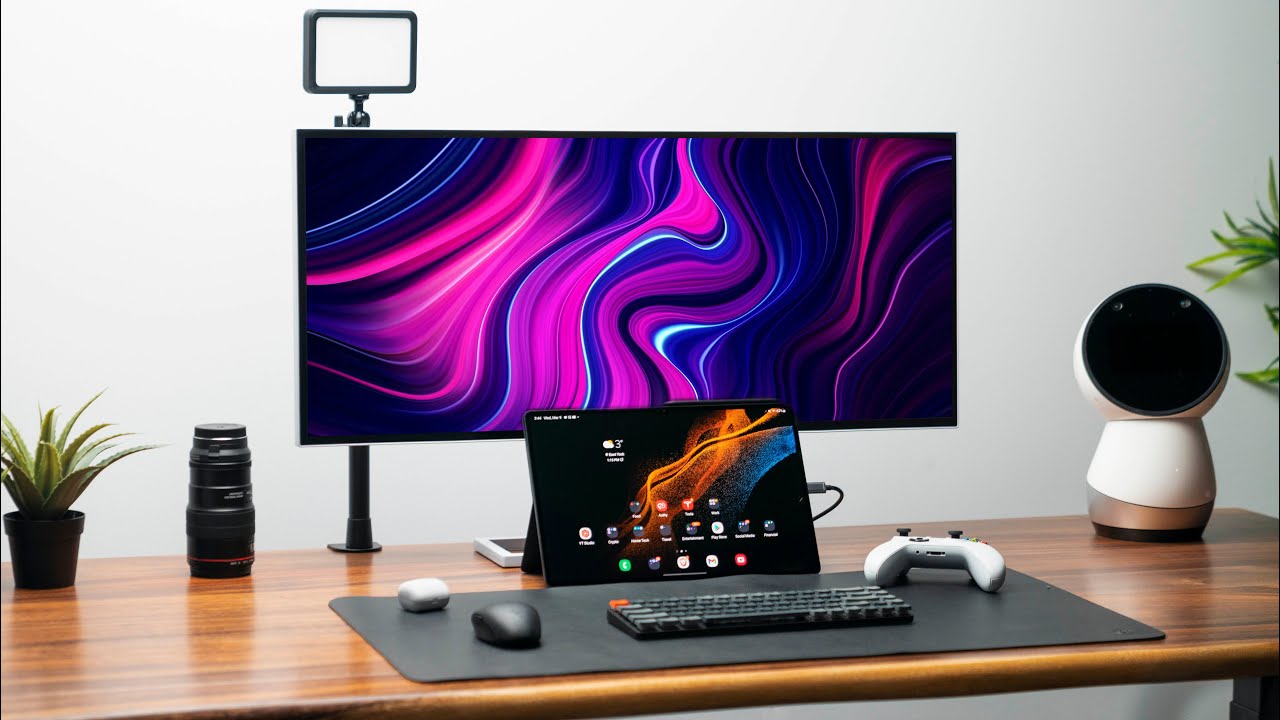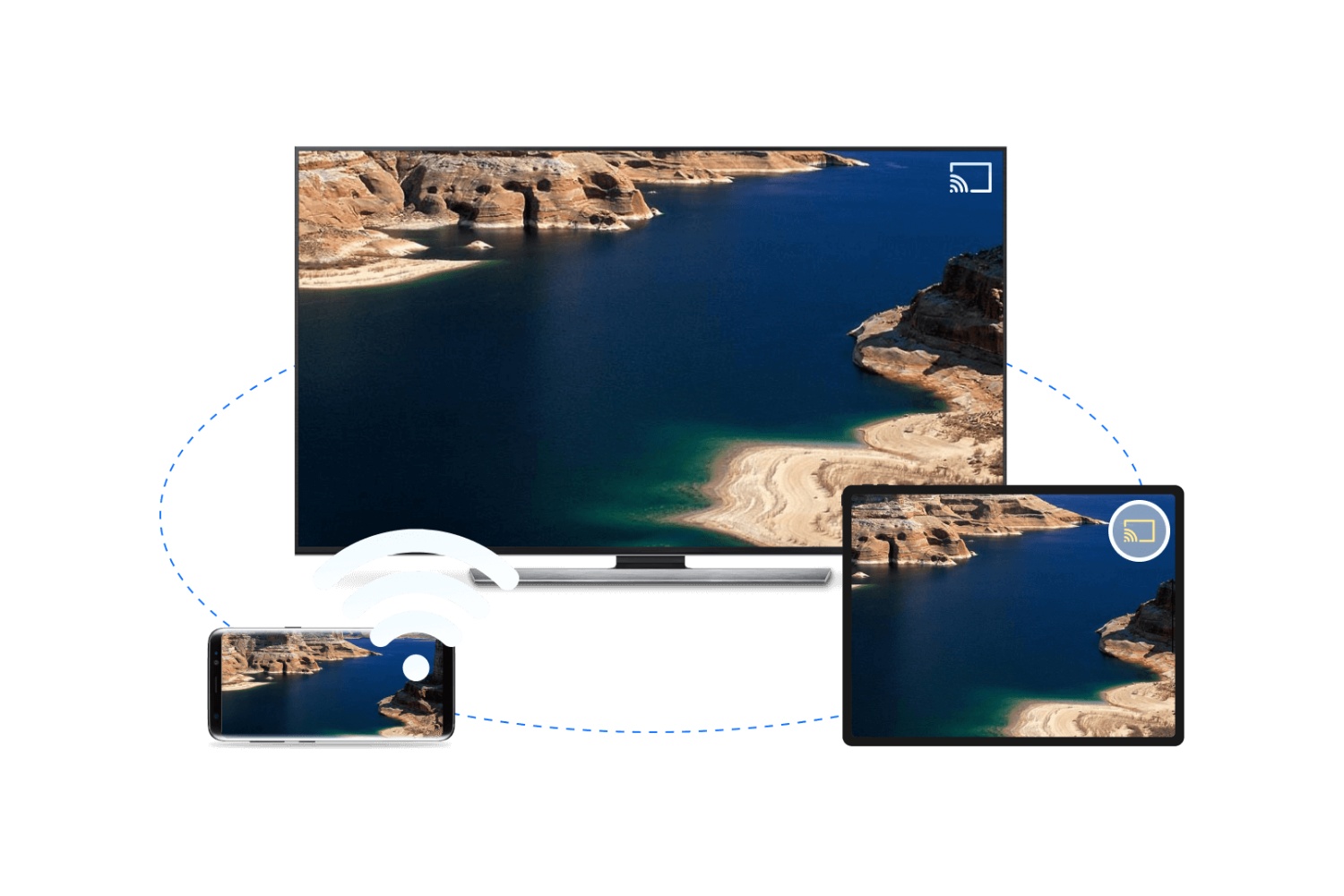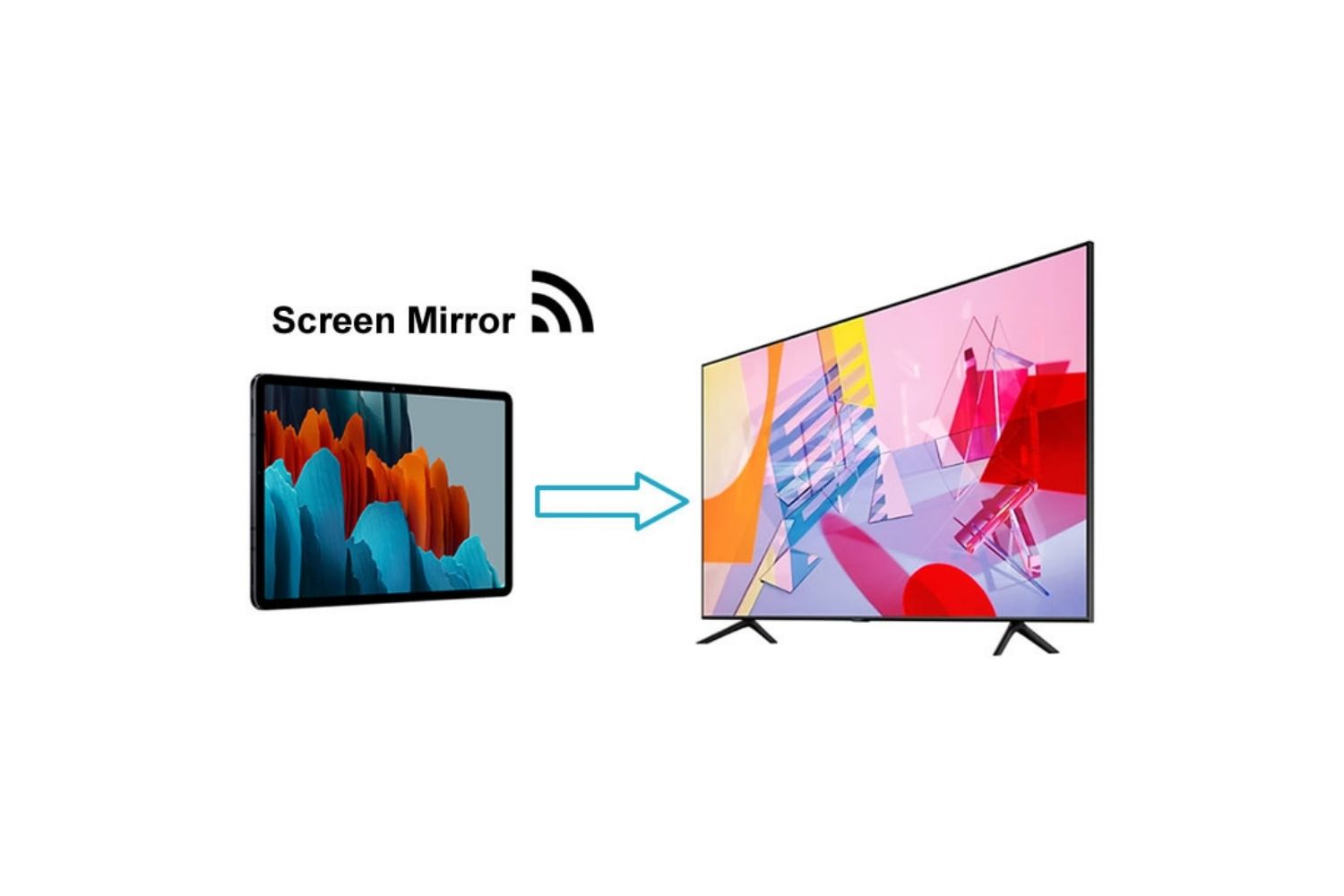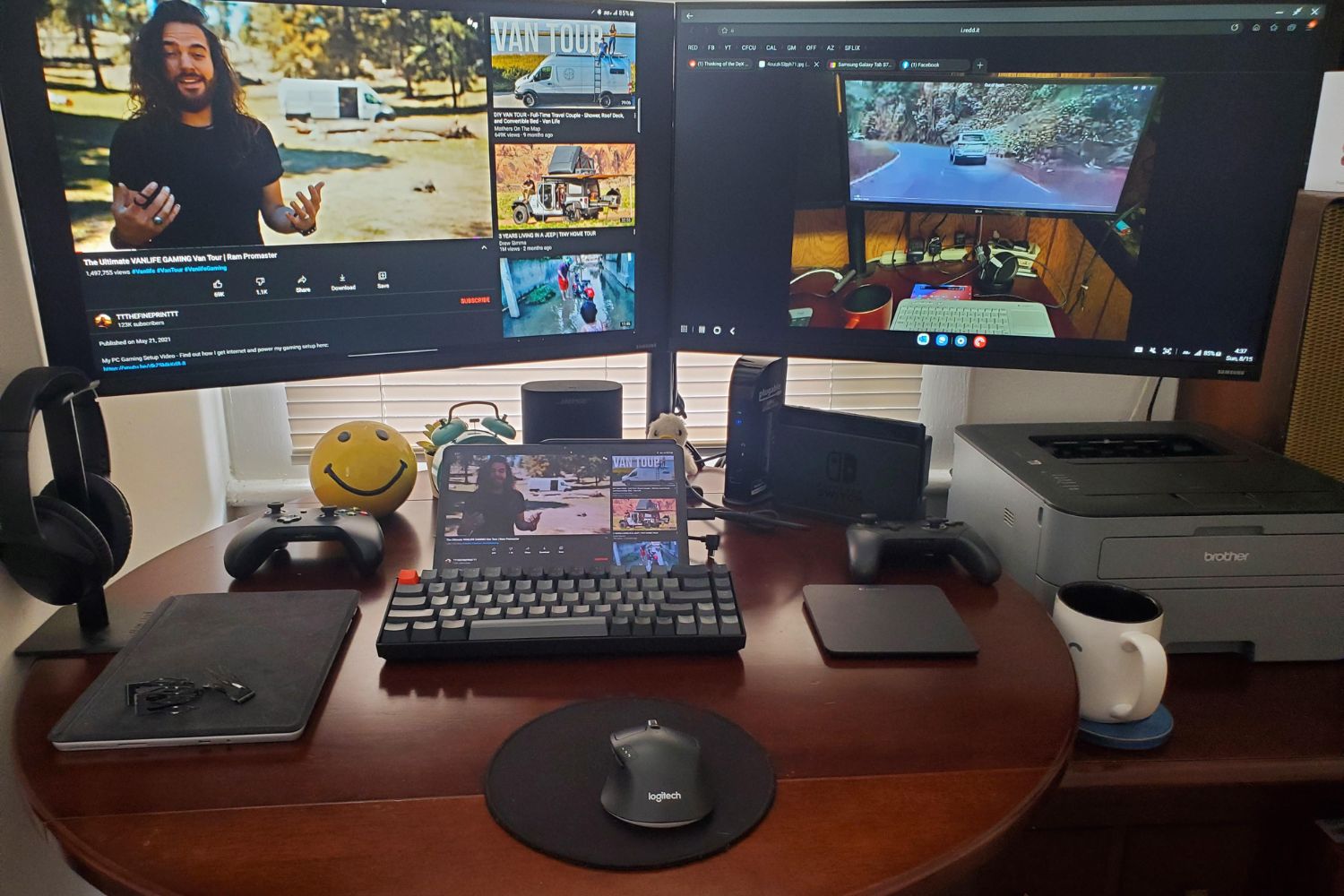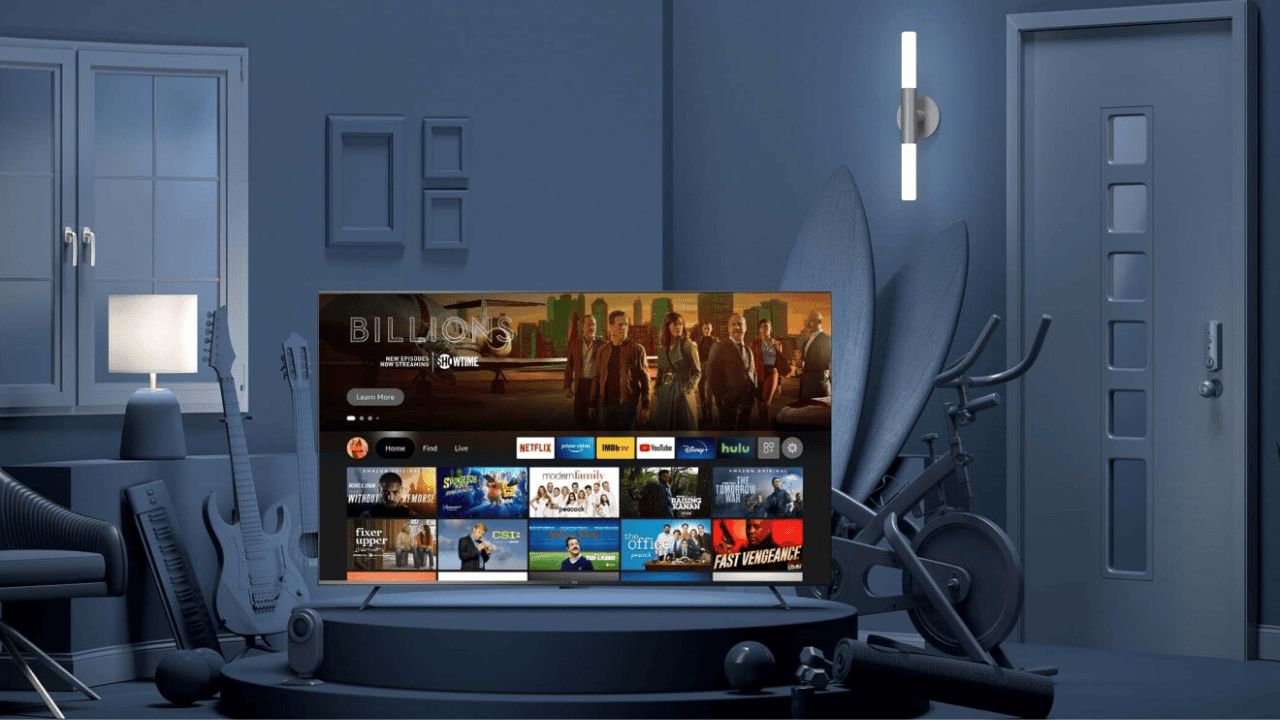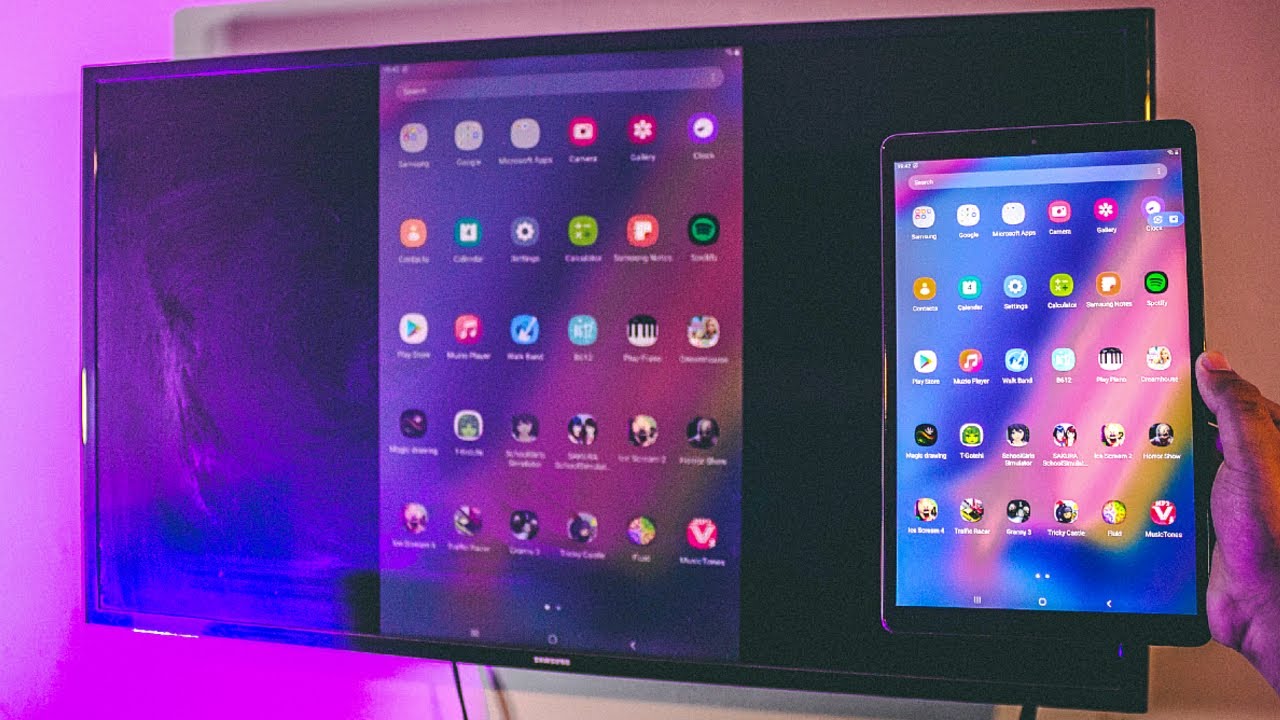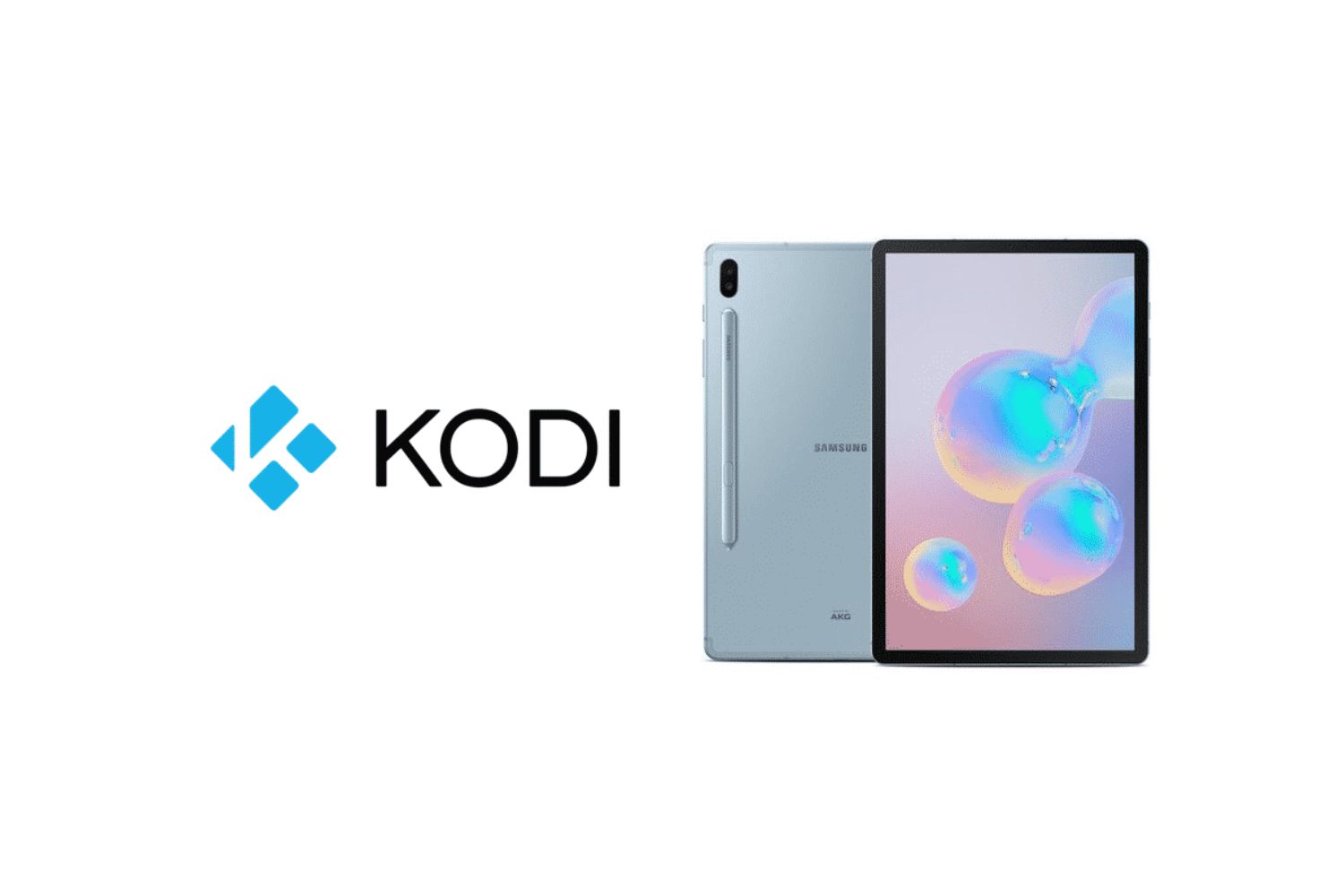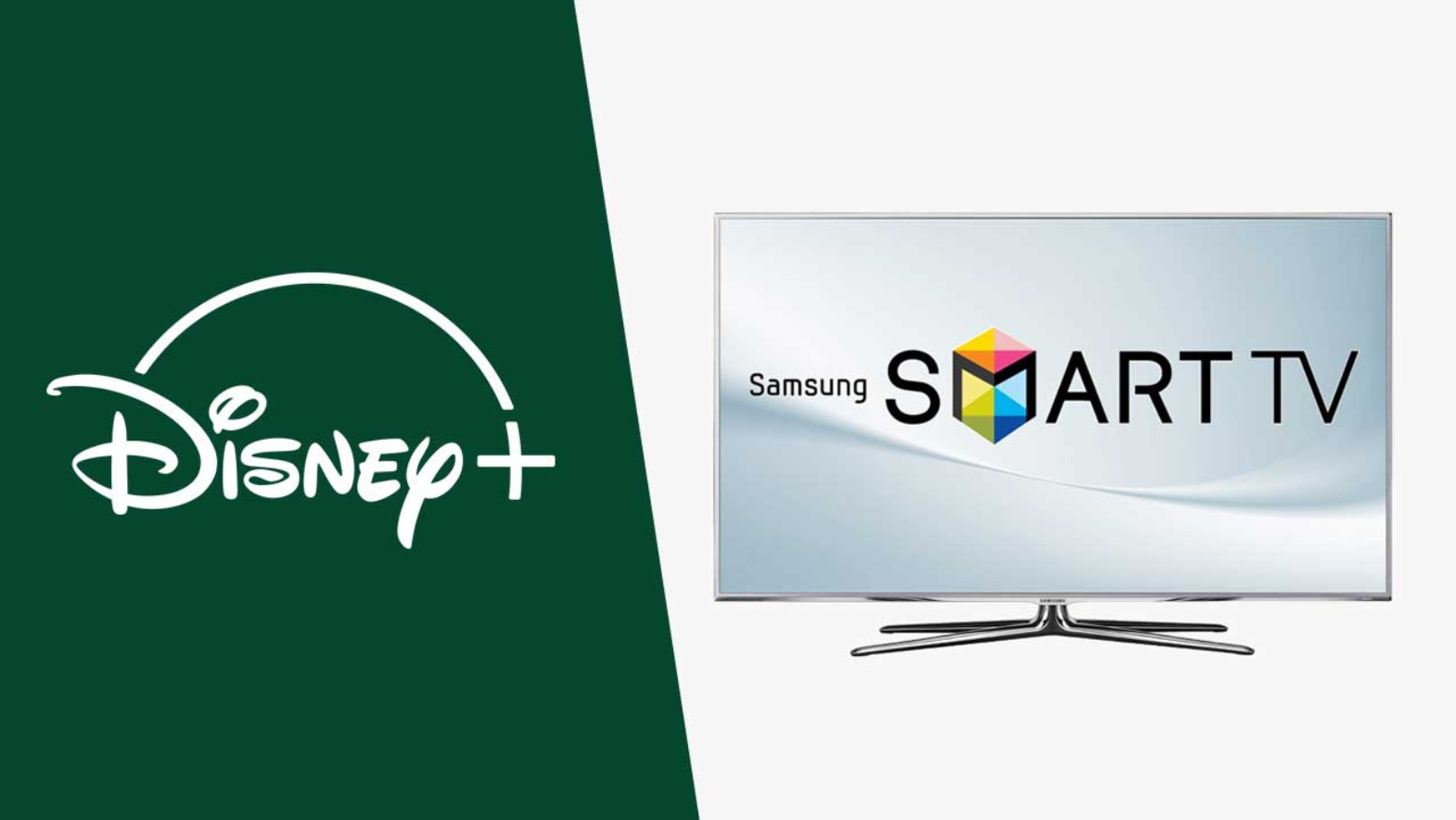Introduction
Welcome to our guide on how to display your Samsung tablet on a TV. If you have a Samsung tablet and want to enjoy your favorite content on a bigger screen, connecting it to a TV is a great option. Whether you want to stream videos, play games, or showcase presentations, connecting your tablet to a TV can enhance your viewing experience.
There are multiple ways to connect your Samsung tablet to a TV, and in this guide, we will walk you through the most common methods. We will explore both wired and wireless options, as well as the use of third-party applications. By following these steps, you’ll be able to mirror your tablet’s display on your TV, enjoying all the content and functionality in a larger format.
Before we dive into the different methods, it’s important to note that the steps may vary slightly depending on the model and operating system of your Samsung tablet. However, the general principles remain the same, so even if your specific tablet model isn’t mentioned, you should still be able to follow along.
Now, let’s get started and learn how to connect your Samsung tablet to a TV!
Connecting Samsung Tablet to TV using an HDMI cable
One of the simplest and most reliable methods to connect your Samsung tablet to a TV is by using an HDMI cable. This method allows you to mirror your tablet’s screen on your TV, providing a seamless viewing experience. Here’s how to do it:
- Check if both your Samsung tablet and TV have an HDMI port. Most modern devices should have this feature.
- Purchase an HDMI cable that matches the port on your tablet and TV. There are different types of HDMI cables, such as HDMI to HDMI, HDMI to Mini HDMI, or HDMI to Micro HDMI, so make sure to choose the correct one.
- Connect one end of the HDMI cable into the HDMI port on your tablet.
- Connect the other end of the HDMI cable into the HDMI port on your TV.
- Turn on your TV and select the HDMI input that corresponds to the port you connected the cable to.
- On your Samsung tablet, go to the Settings menu and navigate to the Display section.
- Select the option for Screen Mirroring or HDMI Output. The specific wording may vary depending on your tablet’s model.
- Your tablet’s screen should now be mirrored on your TV. You can navigate through your tablet’s interface using the TV as your display.
With the HDMI cable connected, you can enjoy watching videos, playing games, or even browsing the internet on your TV’s larger screen. This method provides a high-quality, lag-free connection, making it ideal for various multimedia activities.
Remember to adjust the display settings on your tablet and TV to optimize the picture and sound quality. You may need to make some additional adjustments to ensure the content fits the TV screen properly.
Connecting your Samsung tablet to a TV using an HDMI cable is a straightforward process that requires minimal setup. It provides a reliable and high-quality connection, allowing you to fully enjoy the content and functionality of your tablet on a larger display.
Connecting Samsung Tablet to TV using a wireless display adapter
If you prefer a wireless solution to connect your Samsung tablet to a TV, using a wireless display adapter is a convenient option. This method allows you to mirror your tablet’s screen wirelessly onto your TV, eliminating the need for cables. Here’s how you can do it:
- Purchase a wireless display adapter that is compatible with your Samsung tablet and TV. Popular choices include devices like Chromecast, Roku Streaming Stick, or Amazon Fire TV Stick.
- Connect the wireless display adapter to an available HDMI port on your TV.
- Ensure that both your tablet and wireless display adapter are connected to the same Wi-Fi network.
- On your Samsung tablet, go to the Settings menu, and navigate to the Display section.
- Look for the option for Screen Mirroring or Cast Screen. The specific wording may vary depending on your tablet’s model and operating system.
- Select the wireless display adapter from the available list of devices.
- Your tablet’s screen should now be mirrored on your TV through the wireless display adapter. You can control your tablet’s interface from the TV.
With the wireless display adapter set up, you can enjoy streaming videos, playing games, or sharing presentations on your TV’s larger screen. This method provides the flexibility of wireless connectivity, allowing you to freely move around while keeping your tablet connected to the TV.
It’s worth noting that the performance and compatibility of wireless display adapters may vary depending on the specific brand and model. Ensure that the adapter you choose supports your Samsung tablet and offers the features you require.
Once connected, you may experience a slight delay between the tablet and TV display due to the nature of wireless transmission. However, for most activities, such as watching videos or browsing, this delay is minimal and does not affect the overall experience.
Connecting your Samsung tablet to a TV wirelessly using a wireless display adapter provides a convenient cable-free solution. It allows you to enjoy your tablet’s content on a larger screen without the hassle of cables, offering flexibility and ease of use.
Mirroring Samsung Tablet on TV using a third-party app
If you’re looking for additional options to mirror your Samsung tablet on a TV, using a third-party app can provide more versatility. These apps utilize wireless connectivity to establish a mirroring connection between your tablet and TV. Here’s how you can mirror your Samsung tablet on a TV using a third-party app:
- Visit the app store on your Samsung tablet and search for a mirroring app. Some popular options include Miracast, AirScreen, and AllCast.
- Download and install the chosen mirroring app on your tablet.
- Ensure that both your tablet and TV are connected to the same Wi-Fi network.
- Open the mirroring app on your tablet and follow the provided setup instructions.
- On your TV, launch the app’s corresponding receiver component. This may involve navigating to a specific channel or using a dedicated receiver device connected to your TV.
- Select your tablet’s name or IP address from the list of available devices on the TV screen.
- Once connected, your tablet’s screen will be mirrored on your TV. You can navigate and interact with your tablet’s interface using the TV as the display.
Third-party mirroring apps offer additional features and customization options compared to built-in methods. They may allow for multimedia streaming, screen recording, or advanced display settings. However, the specific functionality will depend on the app you choose.
It’s important to note that not all third-party mirroring apps are free, and some may offer premium features at an additional cost. Before making a purchase, consider reading reviews and checking compatibility with your Samsung tablet model.
With a third-party mirroring app, you can enjoy the convenience of wirelessly connecting and mirroring your Samsung tablet on a TV. It expands the range of activities you can perform, offering a more customized and feature-rich mirroring experience.
Troubleshooting common issues
While connecting your Samsung tablet to a TV can be a straightforward process, you may encounter some common issues along the way. Here are a few troubleshooting tips to help resolve these issues:
- No signal on the TV: Ensure that the HDMI cable is properly connected to both your tablet and TV. Check if the TV is set to the correct HDMI input. Try unplugging and reinserting the cable to ensure a secure connection.
- Incompatible cable: If you’re using an HDMI cable, make sure it is compatible with your tablet and TV. Some tablets may require an adapter or different cable type, such as Micro HDMI or Mini HDMI.
- Poor connection quality: If you’re experiencing lag or a poor-quality picture, check your Wi-Fi connection or the strength of your wireless signal. Consider moving closer to the router or using a Wi-Fi extender for a better connection.
- Operating system compatibility: Ensure that your tablet’s operating system is compatible with the TV or mirroring app you’re using. Updating your tablet’s software to the latest version might resolve any compatibility issues.
- TV or tablet not recognizing each other: Restart both your tablet and TV to refresh the connection. If the issue persists, check that both devices are connected to the same Wi-Fi network and ensure that any firewalls or security settings on your router are not blocking the connection.
- Audio or video out of sync: Adjust the audio delay settings on your TV or tablet to synchronize the audio and video. You can usually find these settings in the audio or display settings menus of your respective devices.
- App compatibility: Some apps may not support screen mirroring or may have limitations when mirrored. Ensure that the app you’re using is compatible with mirroring or explore alternative apps that offer better compatibility.
If you’re still experiencing issues after attempting these troubleshooting steps, it may be helpful to consult the user manuals for your tablet and TV or contact the manufacturer’s support for further assistance. They can provide specific guidance based on your devices’ models.
Remember, connectivity and compatibility may vary depending on the specific devices and software versions you’re using. However, with patience and a bit of troubleshooting, you can overcome common issues and enjoy the benefits of mirroring your Samsung tablet on a TV.
Final Thoughts
Connecting your Samsung tablet to a TV opens up a world of possibilities, allowing you to enjoy your favorite content on a larger screen and share your tablet’s functionality with others. Whether you choose to use an HDMI cable, a wireless display adapter, or a third-party app, the process is relatively straightforward and offers different levels of convenience and flexibility.
Using an HDMI cable provides a reliable and high-quality connection, perfect for activities like streaming videos or playing games. The wired connection ensures minimal latency and a stable viewing experience. However, it does require physically connecting your tablet to the TV.
For those seeking a wireless solution, a wireless display adapter is a great choice. It provides the freedom and convenience of a cable-free connection, allowing you to move around while still enjoying content on the TV. Just make sure your tablet and TV are connected to the same Wi-Fi network for seamless mirroring.
If you prefer more options and customization, using a third-party app can enhance your mirroring experience. These apps offer additional features and flexibility, allowing you to explore multimedia streaming, screen recording, and tailored settings. Just be mindful of compatibility and potential costs associated with premium features.
While connecting your Samsung tablet to a TV is generally a smooth process, common issues can arise along the way. By following troubleshooting tips like checking connections, updating software, and adjusting settings, you can overcome these issues and ensure a seamless mirroring experience.
Remember, the specific steps and methods may vary slightly depending on your tablet model and operating system. Always refer to the user manuals or consult the manufacturer’s support if you need further assistance.
Now that you are equipped with the knowledge and techniques to connect your Samsung tablet to a TV, you can enjoy the benefits of a larger screen and enhanced viewing experience. Whether you’re streaming movies, showing presentations, or playing games, mirroring your tablet on a TV opens up a whole new world of possibilities.







